Wagon Train
Inspired by John Ford’s 1950’s film, Wagon Master, Wagon Train is a fictional adventure story based on the real historical experiences of an estimated 300,000-500,000 pioneers who voyaged westward in trains of covered wagons to seek better lives and greater economic opportunities between the 1840s-1880s. Facing harsh weather, rugged terrain, disease, accidents, and attacks, those fortunate made it to their destinations successfully while others either turned back or were buried along the way. Wagon Train, set in the 1870s, chronicles the exciting and dangerous adventures of the American frontier through 284 episodes featuring famous guest stars led by wagon master Seth Adams (Ward Bond) as he guides teams of wagons traveling from St. Joseph, Missouri to California. Adams is assisted by scout Flint McCullough (Robert Horton), and McCullough is later replaced by scout Cooper Smith (Robert Fuller) when Horton leaves the show to pursue musical theater. Bond dies of a heart attack in the middle of season four and is replaced by veteran actor John McIntire who joins the cast as wagon master Christopher Hale.
The series first aired on September 18, 1957, reaching the top of the Nielsen ratings. With a budget of $100,000 per episode, the series cost 40% more than other one-hour Westerns due to expensive guest stars and filming on location in California’s San Fernando Valley. The final episode aired on May 2, 1965. Wagon Train continues to be enjoyed by fans and is still considered a favorite Western to many.
Original Opening Hand-Painted Title Card
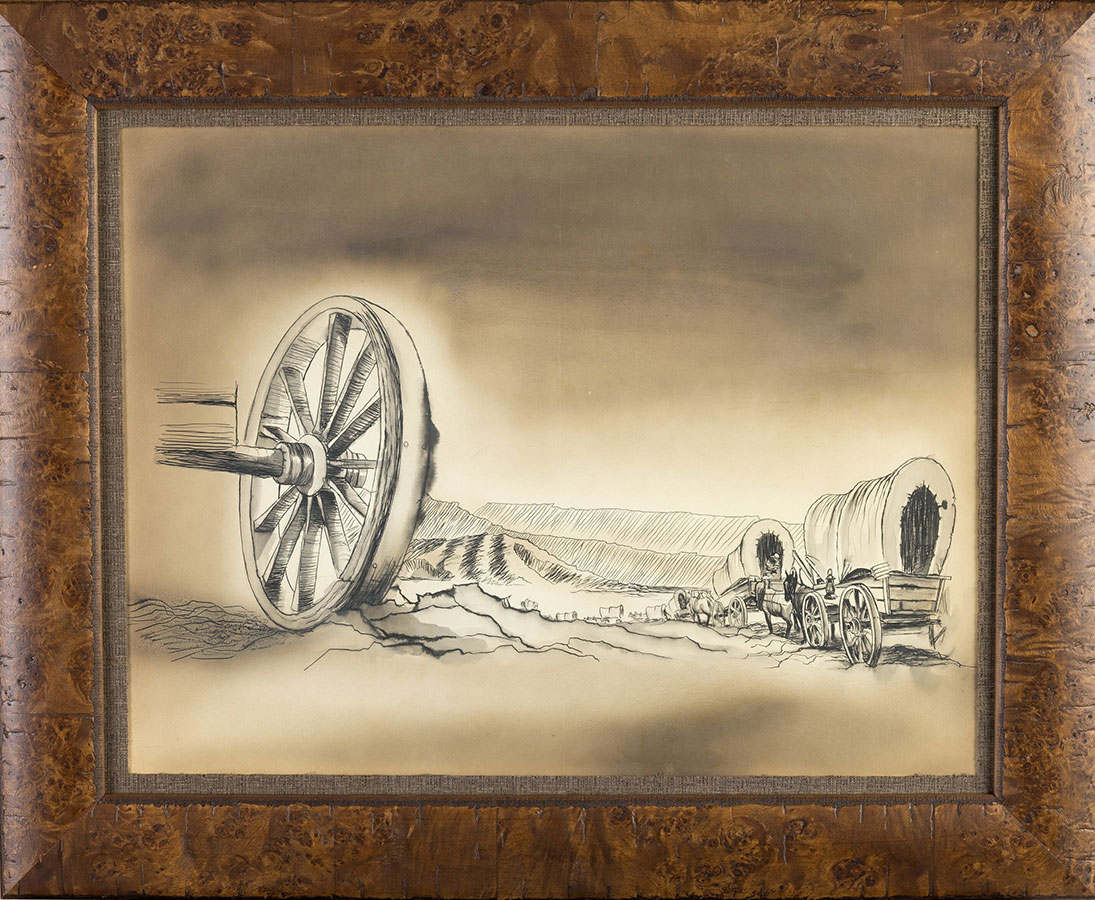
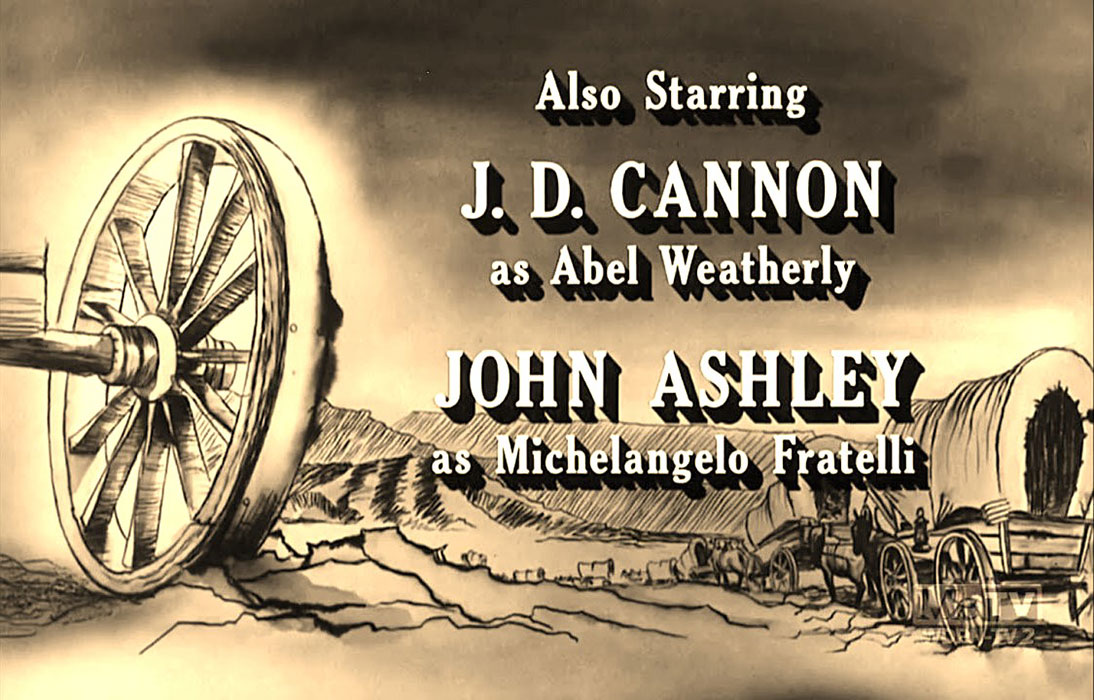
Ink and watercolor on board
Framed: 34 x 27.5 in.
Original hand-painted artwork used in the opening title sequence of the series executed in ink and watercolor. The scene portrays a dramatic line of covered wagons descending into a sweeping Western valley, evoking the vastness and promise of the American frontier. This visual served as a prelude to the show’s central narrative—chronicling the journey of pioneering families seeking new lives in the post–Civil War West and has since become an iconic visual representation of the American Western television genre.
John McIntire’s “Christopher Hale” Screen-Worn Shirt
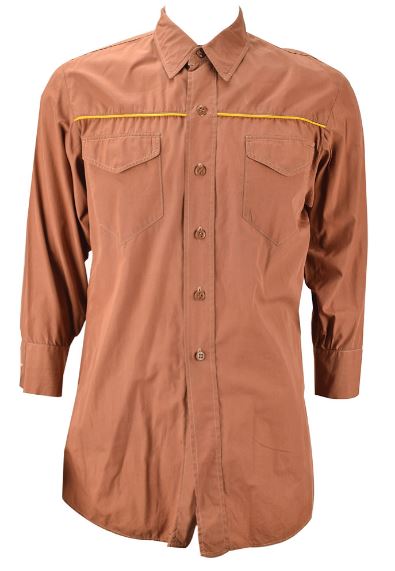
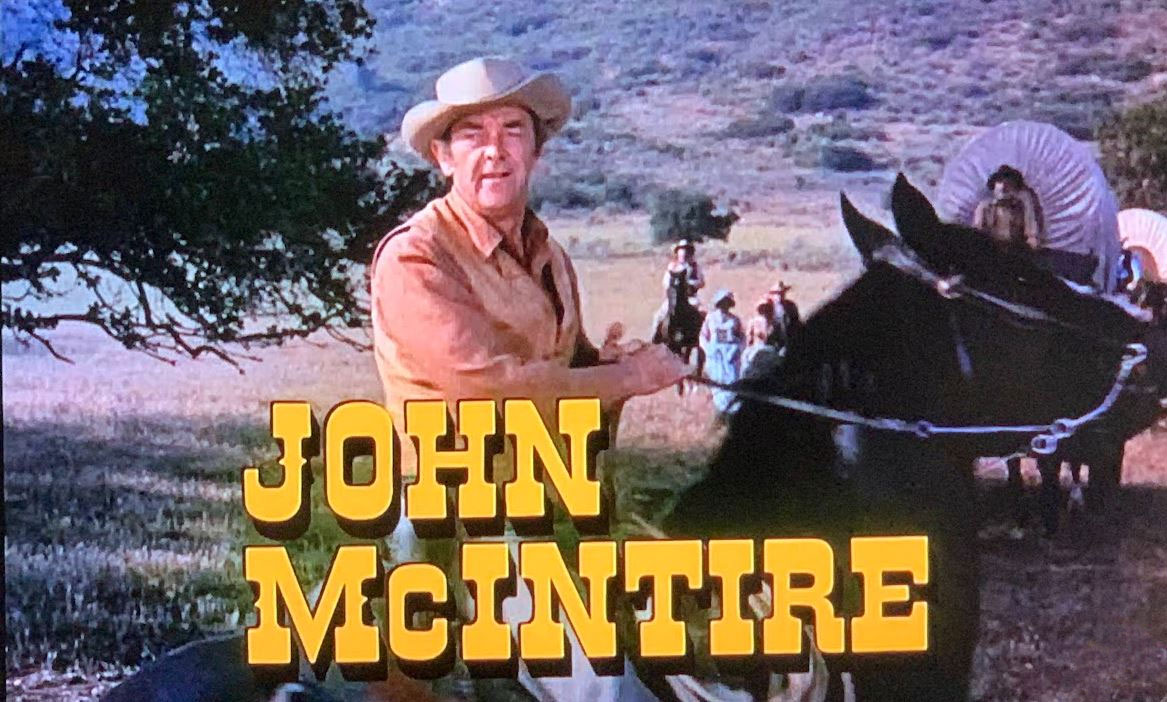
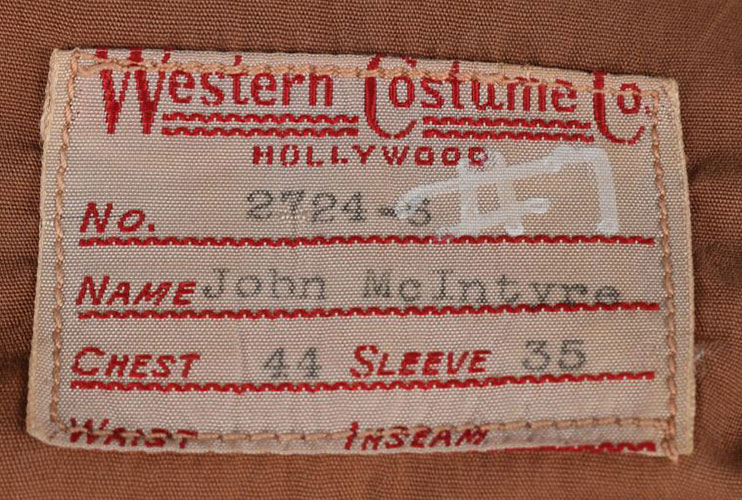
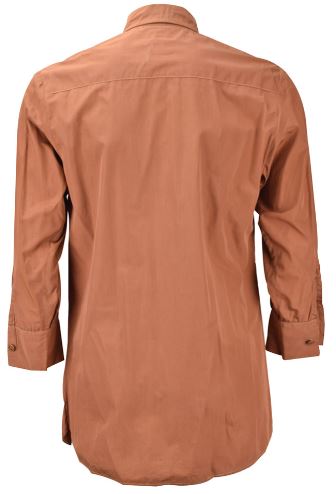
This brown sienna colored shirt was screen-worn by John McIntire (1907-1991) as “Christopher Hale” in the Western television series Wagon Train. The long-sleeved shirt features two flap pockets on the chest and a horizontal band of yellow piping, added later, and has a Western Costume Co. tag sewn in the collar, filled out in type: “No. 2724-3, Name: John McIntyre [sic], Chest: 44, Sleeve: 35.“ McIntire had a prolific career in both film and television, often appearing with his wife and actress, Jeanette Nolan, including Wagon Train, BONANZA, Laredo, The Love Boat, Psycho, and an number of productions together as voice actors, including Disney’s The Fox and the Hound. McIntire’s daughter, Hollie McIntire, an actress, appeared in two Wagon Train episodes.
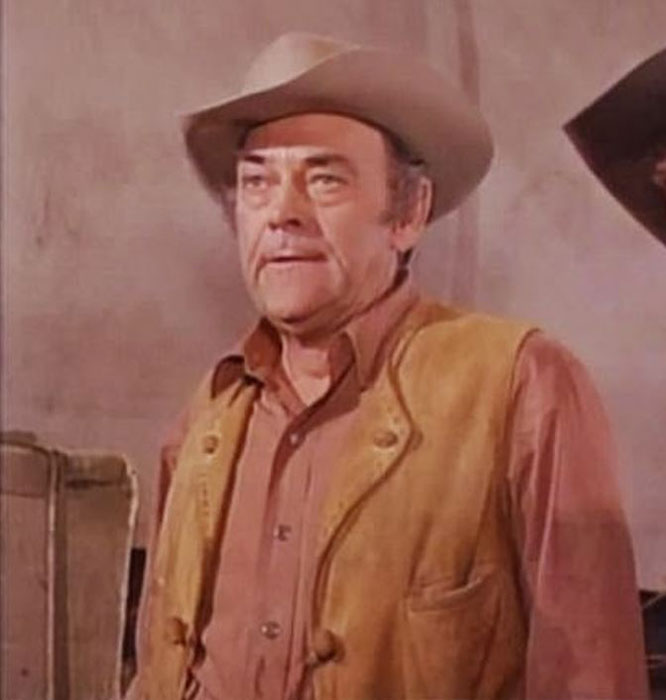
Robert Horton’s Screen Worn “Flint McCullough” Jacket and Dressing Room Plaque
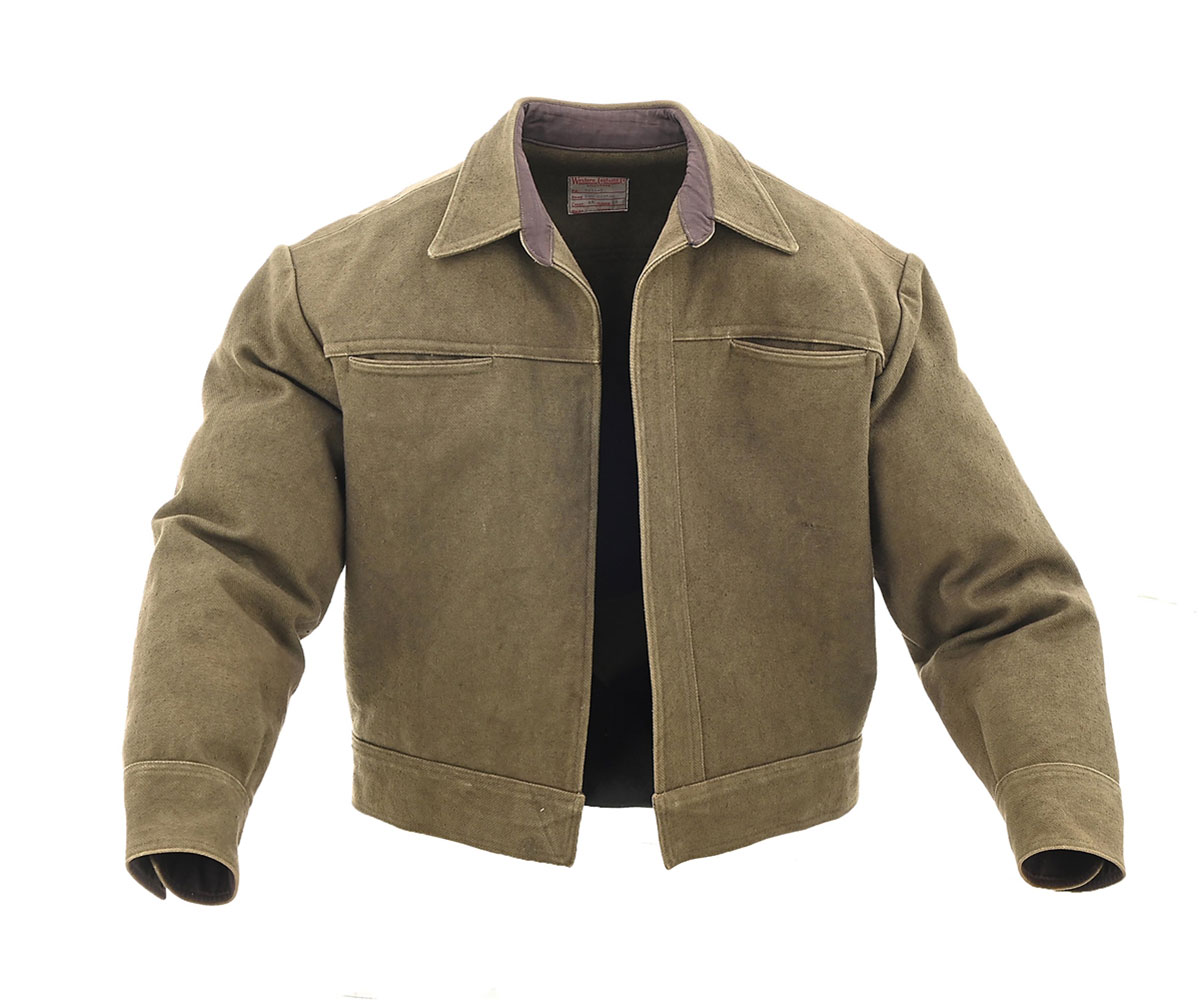
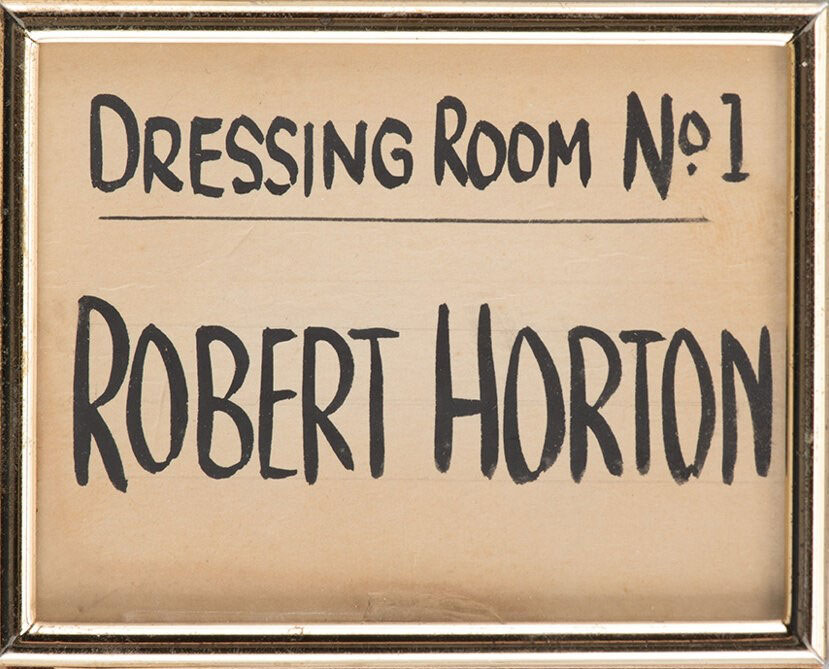
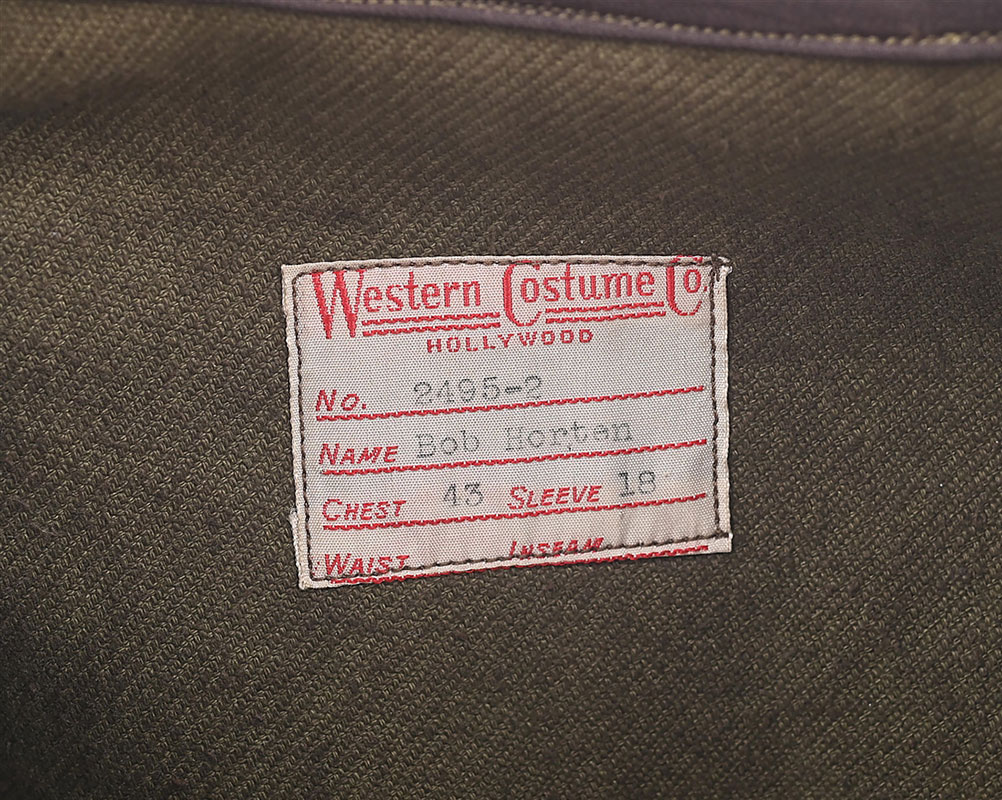
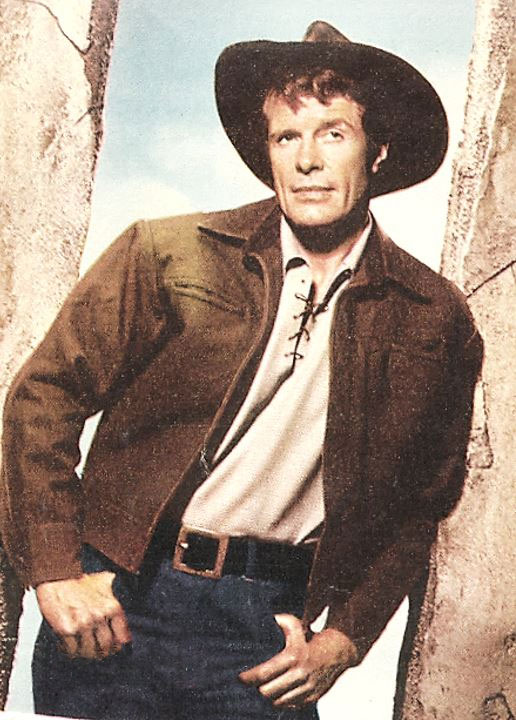
Howard “Robert” Horton, Jr. (1924-2016) played frontier scout Flint McCullough in the series beginning in 1957. He left the series in 1962 to pursue musical theater, replaced by Robert Fuller as scout Cooper Smith. The dark green jacket was made by Western Costume Company with an inside typed sewn label which reads: No. 2495-2/Name: Bob Horton/Chest: 43/Sleeve: 18. The small framed plaque adorned the actor’s dressing room during production of the show. Horton was the recipient of several awards during his career, including the Golden Boot in 2004 and the Cowboy Spirit Award at the National Festival of the West. He was presented the Western Legend Award on his 90th birthday.
